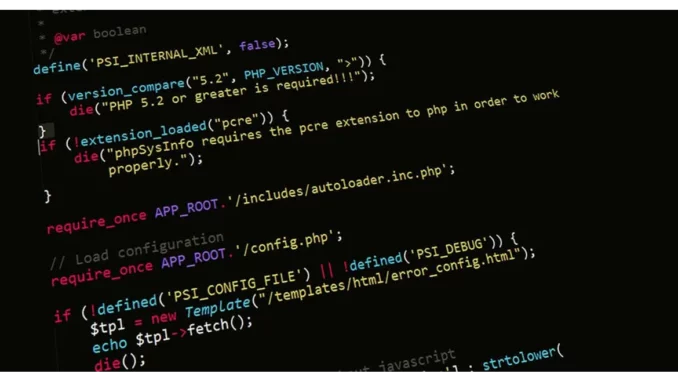
Summary
AI Innovation: Enhancing Retrieval-Augmented Generation Techniques
As artificial intelligence systems advance, the combination of retrieval and generative models, known as Retrieval-Augmented Generation (RAG), is gaining momentum for its ability to produce accurate and contextually relevant responses. This article explores the foundational and advanced techniques that optimise RAG systems, offering insights into their potential to revolutionise AI-driven solutions. “With the evolving landscape of AI, leveraging RAG effectively is crucial for building intelligent systems,” notes Dr. Michael Hargrove, an AI researcher at Oxford University.
Main Article
Retrieval-Augmented Generation (RAG) represents a significant stride in artificial intelligence, blending information retrieval with generative models to deliver responses that are both precise and contextually grounded. As demand for intelligent and responsive AI systems escalates, optimising these hybrid models has become imperative.
The Core of RAG
At its essence, RAG consists of two integral components: a retriever and a generator. The retriever’s function is to extract pertinent documents or data segments from a vast corpus. Meanwhile, the generator utilises this information to formulate responses that are coherent and contextually apt. Basic implementations of RAG might rely on simple retrieval queries and elementary learning mechanisms. For instance, using CSV files to facilitate initial retrieval and coupling this with models like OpenAI’s GPT for question-answering systems. However, these fundamental methods often fall short in both accuracy and efficiency, prompting the need for more advanced techniques.
Exploring Advanced RAG Techniques
To address the limitations of basic RAG systems, several sophisticated approaches have emerged:
Proposition Chunking
This method involves dissecting text into concise and meaningful sentences, allowing for enhanced query handling. The process entails generating factual statements from document chunks using a language model, followed by a rigorous quality-checking phase. Statements are evaluated for accuracy, clarity, and completeness, ensuring high-quality responses.
Contextual Chunk Headers
By creating document-level and section-level context headers, this technique significantly improves retrieval accuracy. These headers are added to chunks before embedding, providing additional context that aids in determining the relevance of each chunk to the query.
Semantic Chunking
Contrasting with traditional methods that use fixed sizes, semantic chunking divides documents based on semantic coherence. Using natural language processing (NLP), this technique identifies topic boundaries or coherent document sections, resulting in more meaningful retrieval units.
Iterative and Adaptive Retrieval
Advanced RAG systems often utilise iterative and adaptive retrieval techniques. This involves conducting multiple retrieval rounds to refine results. Systems dynamically adjust retrieval strategies based on query types and user contexts, ensuring the retrieval of the most pertinent information.
Explainable Retrieval
Transparency is key for user trust and system refinement. Explainable retrieval techniques offer insights into why certain information was retrieved and its relation to the query. This not only bolsters user trust but also facilitates system debugging and enhancement.
Evaluation Frameworks
Evaluating RAG systems is crucial for their development and refinement. Techniques like DeepEval and GroUSE Evaluation are employed to assess the correctness, faithfulness, and contextual relevancy of these systems. These frameworks ensure accuracy, reliability, and trustworthiness.
Implementing Advanced Practices
For practitioners seeking to implement these advanced RAG techniques, open-source repositories and community-driven projects offer comprehensive documentation and practical guidelines. Engaging with communities on platforms like Discord and LinkedIn can provide valuable insights and collaboration opportunities.
Detailed Analysis
The advancements in RAG techniques are reflective of broader trends in AI development, particularly the emphasis on context and precision. As AI systems become more ingrained in decision-making processes across industries, the ability to generate responses that are both accurate and contextually aware is increasingly valuable. The push for transparency, as seen in explainable retrieval, aligns with broader societal demands for accountability in AI systems. “These innovations are not just about improving technology but about building trust with users,” says Dr. Emily Carter, a data scientist at Cambridge Analytica.
Further Development
The evolution of RAG systems is poised to continue as researchers and practitioners explore new frontiers in AI. Future developments may include the integration of more advanced machine learning models and increased collaboration across AI communities. Continued research is expected to deepen understanding of RAG systems’ potential, paving the way for more nuanced and sophisticated applications. Stay tuned for further insights and analyses as these advancements unfold.

